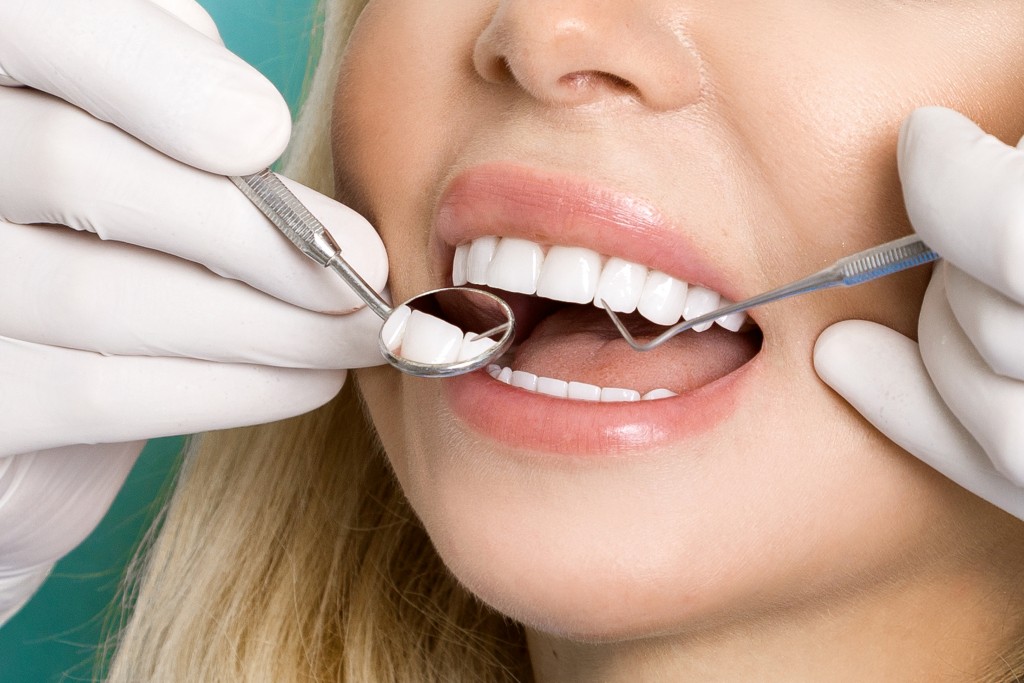A lot of adults today still remember the painful and humiliating time when they had to suffer from braces in middle school. But fast-forward several years later, they have their dentists – and their insistent parents – to thank for their bright smiles.
Today, plenty of kids and adolescents still need the help of braces to align their crooked teeth. Cases of crossbite, overbite, underbite, crowded teeth, and open bite are still prevalent today. But what causes teeth misalignment in the first place?
Heredity
Both environmental factors and heredity cause malocclusion or crooked teeth. Heredity doesn’t pass down misaligned teeth specifically, but it does determine bone structure. Occlusion largely depends on the shape and size of the jaws and teeth. Since craniofacial features can be passed down through generations of families, this means heredity can influence teeth alignment to an extent. When there’s a difference between the size of the upper and lower jaw, it may cause tooth overcrowding or abnormal bite patterns.
Birth defects, like cleft and lip palate, may also affect occlusion. Hereditary factors may influence clefting, although the exact causes are still unknown. Babies born with a cleft or lip palate may have a relative with a similar condition or an associated chromosomal condition.
The influence heredity on occlusion still depends on the nature of the case. Some population studies, especially on families and twins, show genetic factors have a significant impact on craniofacial development and teeth alignment. On the other hand, there are also studies on identical twins and siblings suggesting that occlusion is still dependent on external and behavioral factors.
Childhood Habits
Oral habits acquired during the early childhood stages may also influence teeth alignment. Mannerisms, such as thumb sucking, teeth grinding, jaw clenching, and thrusting the tongue against the teeth, may apply force to the dental structure, causing abnormal teeth formations. These habits, when done in an excessive duration, frequency, and intensity, may cause overbite, overjet, crossbite, or a long facial height.
Research also established the relationship between mouth breathing and abnormal facial bone structures. These suggest that mouth breathing caused by nasal impairment may lead to the development of a narrow palate, anterior open bite, increased overjet, and increased facial height.

Parents can easily avoid dental consequences caused by childhood habits. They can visit an experienced orthodontist or dentist early on to determine if the child has any abnormal habits that can be potentially damaging to his or her teeth structure. The doctor will assess the potential immediate and long-term effects of the mannerisms and come up with a solution to eliminate the habit.
Prolonged bottle feeding and frequent use of a pacifier or teether after the age of 3 can also influence malocclusion, so weaning children at an early age can help prevent malocclusion.
These are just two of the common factors that may cause crooked teeth. Other reasons include mouth or jaw tumors, poor dental care, and jaw injuries. Prevention is always better than remedy, but if parents failed to prevent malocclusion in their children, various corrective treatments are available today. Consult a dentist to know whether to go for the traditional braces or modern solutions, like invisible aligners.

